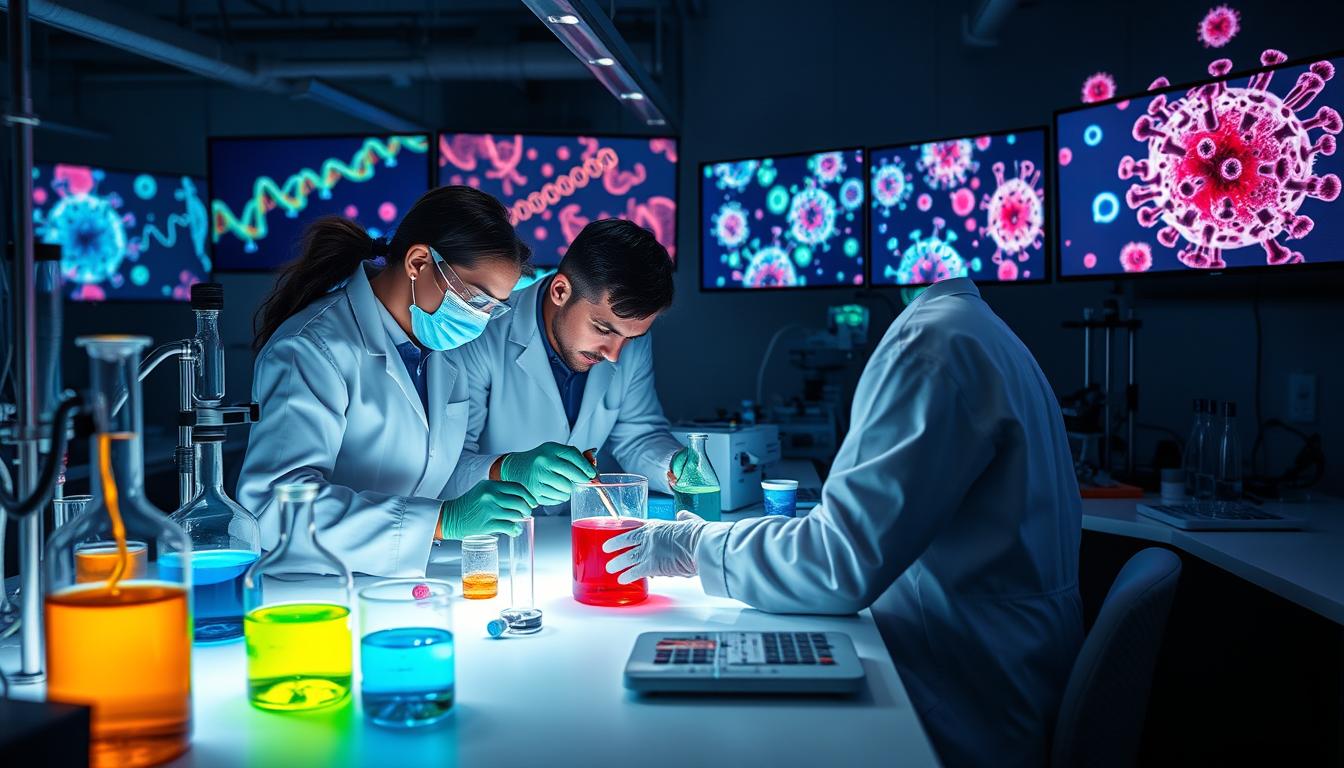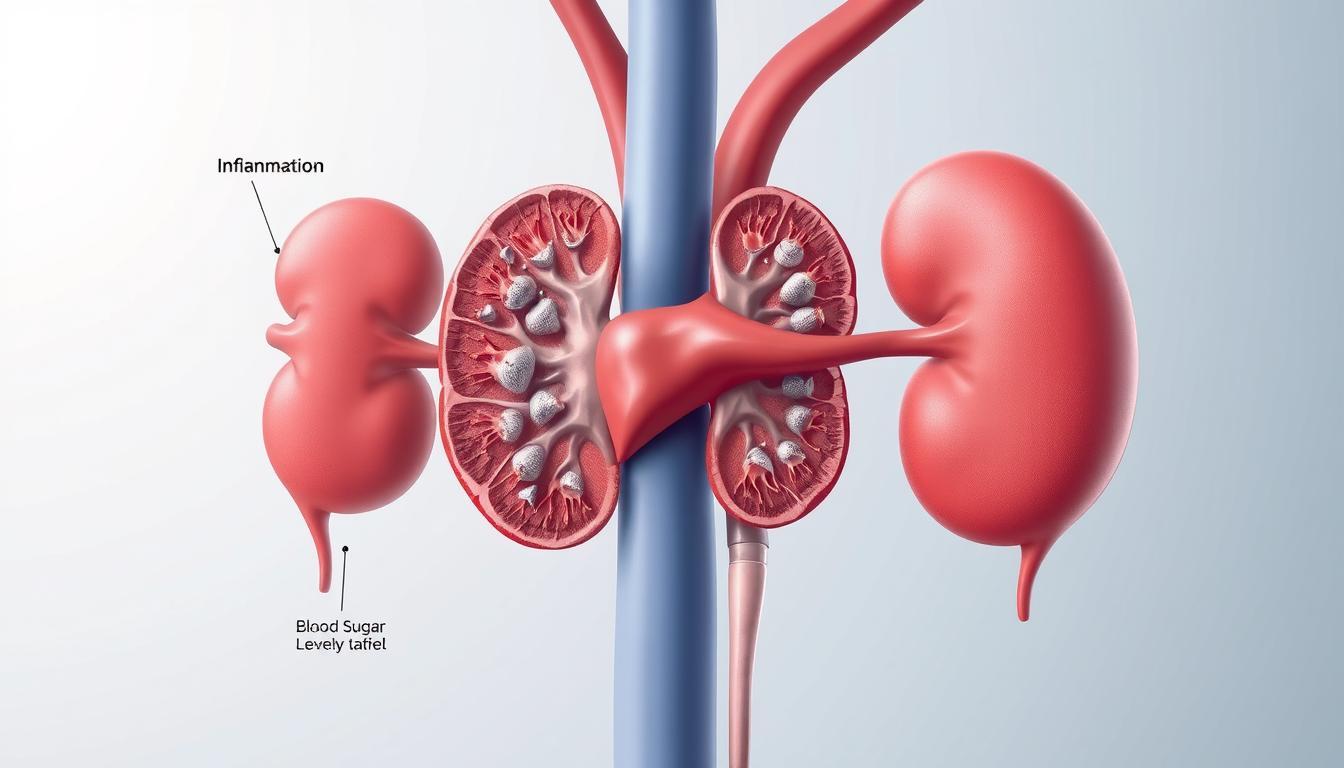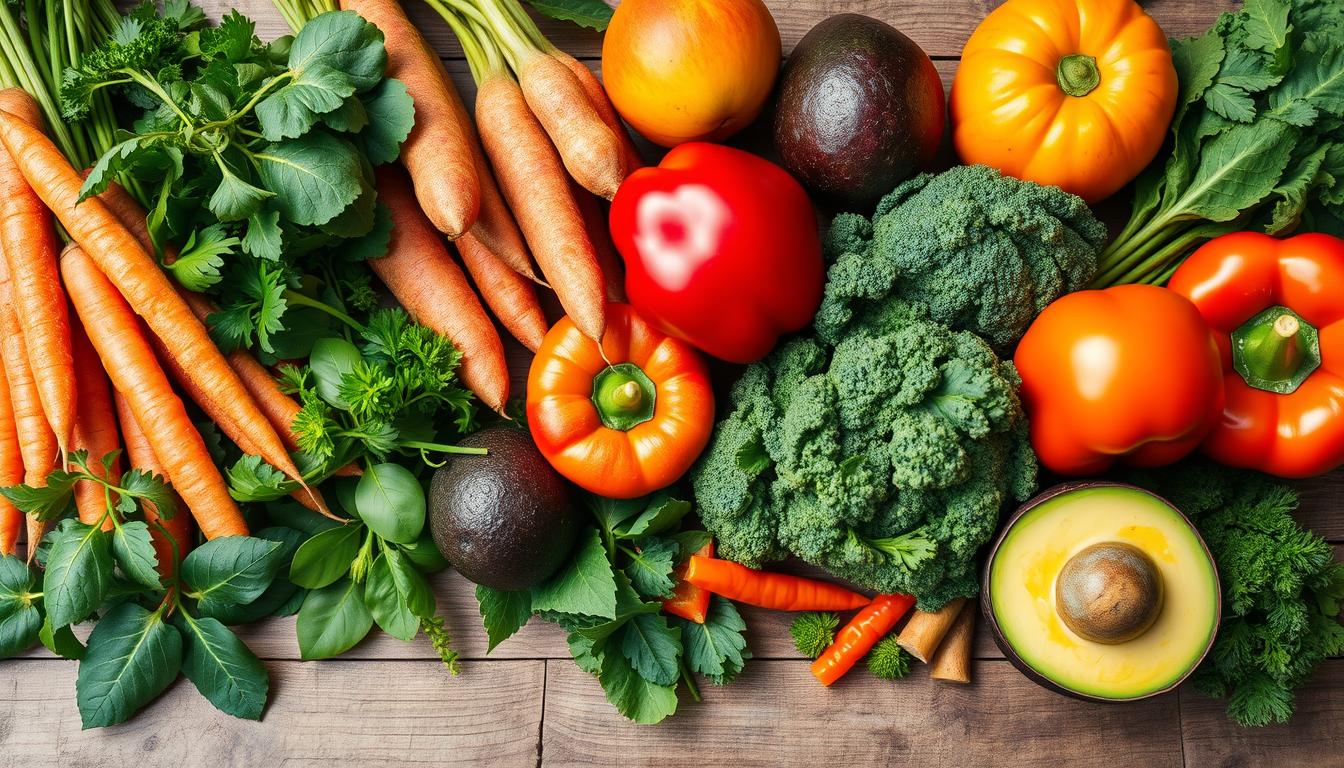How to Calculate Theoretical Yield
Calculating theoretical yield is crucial in chemistry. It shows the maximum product possible under ideal conditions1. This skill helps scientists predict and analyze chemical reactions accurately2.
Theoretical yield depends on the limiting reagent. Scientists use formulas involving molecular weights, mole ratios, and reaction coefficients1. These calculations are key to determining the maximum product quantity.
This concept offers more than just numbers. It reveals reaction efficiency and helps optimize experiments. Researchers use it to evaluate chemical processes and improve outcomes3.
Key Takeaways
- Theoretical yield represents the maximum possible product in a chemical reaction
- Accurate calculations require understanding stoichiometry and limiting reagents
- Percent yield helps compare actual and theoretical product quantities
- Molecular weight and mole ratios are essential in yield calculations
- Measurement errors can impact theoretical and actual yield results
Understanding Theoretical Yield in Chemical Reactions
Chemical reactions are complex processes where yield is crucial for scientists and chemists. Theoretical yield is the maximum product amount in an ideal reaction. It’s calculated using mole calculations and stoichiometric principles4.
In chemical processes, the limiting reactant controls the maximum product amount. This key component determines how much product can be made during a reaction4.
Defining Theoretical Yield
Theoretical yield is the expected product when a reaction fully converts the limiting reactant4. It’s usually measured in grams or moles4.
Stoichiometry and Yield Calculations
- Analyze balanced chemical equations
- Determine molar ratios between reactants and products
- Calculate potential product quantities
Actual Yield and Percent Yield
Percent yield shows the relationship between theoretical and actual yield. It reveals how efficient a chemical reaction is4.
Percent Yield = (Actual Yield / Theoretical Yield) × 100%
Percent yields are usually less than 100% due to incomplete reactions or side processes5. Sometimes, yields can exceed 100% if impurities are in the product5.
These principles help chemists improve reaction conditions. They can predict product formation more accurately4.
Calculate Theoretical Yield Using Simple Steps
Calculating theoretical yield is crucial in chemistry. It predicts the maximum product amount in a chemical reaction. Scientists use precise methods to transform raw data into meaningful results2.
Chemists follow a systematic approach to calculate theoretical yield. This process involves several key steps. Each step is essential for accurate results.
- Balance the chemical equation carefully
- Identify the limiting reactant
- Convert reactant mass to moles
- Use mole ratios to determine product moles
- Convert product moles to mass using molar mass
The process starts with balanced chemical equations. These equations reveal stoichiometric relationships between reactants and products6. Mole ratios help determine the theoretical product amount from available reactants.
Understanding molar mass is crucial when calculating theoretical yield. Scientists use molecular weights to convert between mass and moles. This enables accurate predictions of potential product quantities2.
| Step | Description | Key Calculation |
|---|---|---|
| Balanced Equation | Establish reactant and product relationships | Determine stoichiometric coefficients |
| Limiting Reactant | Identify the reactant that will be completely consumed | Compare molar quantities |
| Mole Conversion | Transform mass to moles | n = mass / molar mass |
Mastering these steps allows chemists to predict theoretical product yield accurately. It helps them understand the potential efficiency of chemical reactions2.
Conclusion
Theoretical yield calculations are vital in chemistry problem-solving. They help researchers and students understand chemical reactions better. By learning to calculate maximum product yields, you gain insights into chemical transformations3.
Yield prediction and analysis help scientists improve experiments. It also helps them understand reaction efficiency. We’ve learned about stoichiometric relationships and ideal reaction conditions.
Chemical reactions don’t always produce the exact theoretical amount. Factors like reaction conditions and impurities can affect the actual yield3. Equipment limitations can also impact the outcome compared to the theoretical maximum.
Practice is crucial for mastering theoretical yield calculations. Each reaction presents unique challenges. Patience and a systematic approach are necessary for success.
These skills are valuable in research labs and industrial settings. They help predict and analyze chemical reactions accurately7.
Theoretical yield is more than just math. It’s a tool that connects theory with practical applications. This enables more efficient and precise scientific investigations.
FAQ
What is theoretical yield in chemistry?
How do I calculate theoretical yield?
What is the difference between theoretical yield and actual yield?
How do I calculate percent yield?
What is a limiting reactant?
Why can actual yield be different from theoretical yield?
How important are theoretical yield calculations in chemistry?
Source Links
- Theoretical Yield Calculator – https://www.inchcalculator.com/theoretical-yield-calculator/
- Theoretical Yield Calculator – https://www.omnicalculator.com/chemistry/theoretical-yield
- Understanding Percent Yield and Theoretical Yield | Albert Resources – https://www.albert.io/blog/understanding-percent-yield-and-theoretical-yield/
- Finding Theoretical Yield – Overview of Theoretical Yield and Finding Theoretical Yield and FAQs – https://byjus.com/chemistry/finding-theoretical-yield/
- 12.9: Theoretical Yield and Percent Yield – https://chem.libretexts.org/Bookshelves/Introductory_Chemistry/Introductory_Chemistry_(CK-12)/12:_Stoichiometry/12.09:_Theoretical_Yield_and_Percent_Yield
- Learn How to Calculate Theoretical Yield – https://www.thoughtco.com/calculate-theoretical-yield-of-chemical-reaction-609504
- Theoretical Yield Calculator with Steps, Formula, Method & Examples – https://testbook.com/calculators/theoretical-yield-calculator
latest video
news via inbox
Nulla turp dis cursus. Integer liberos euismod pretium faucibua








